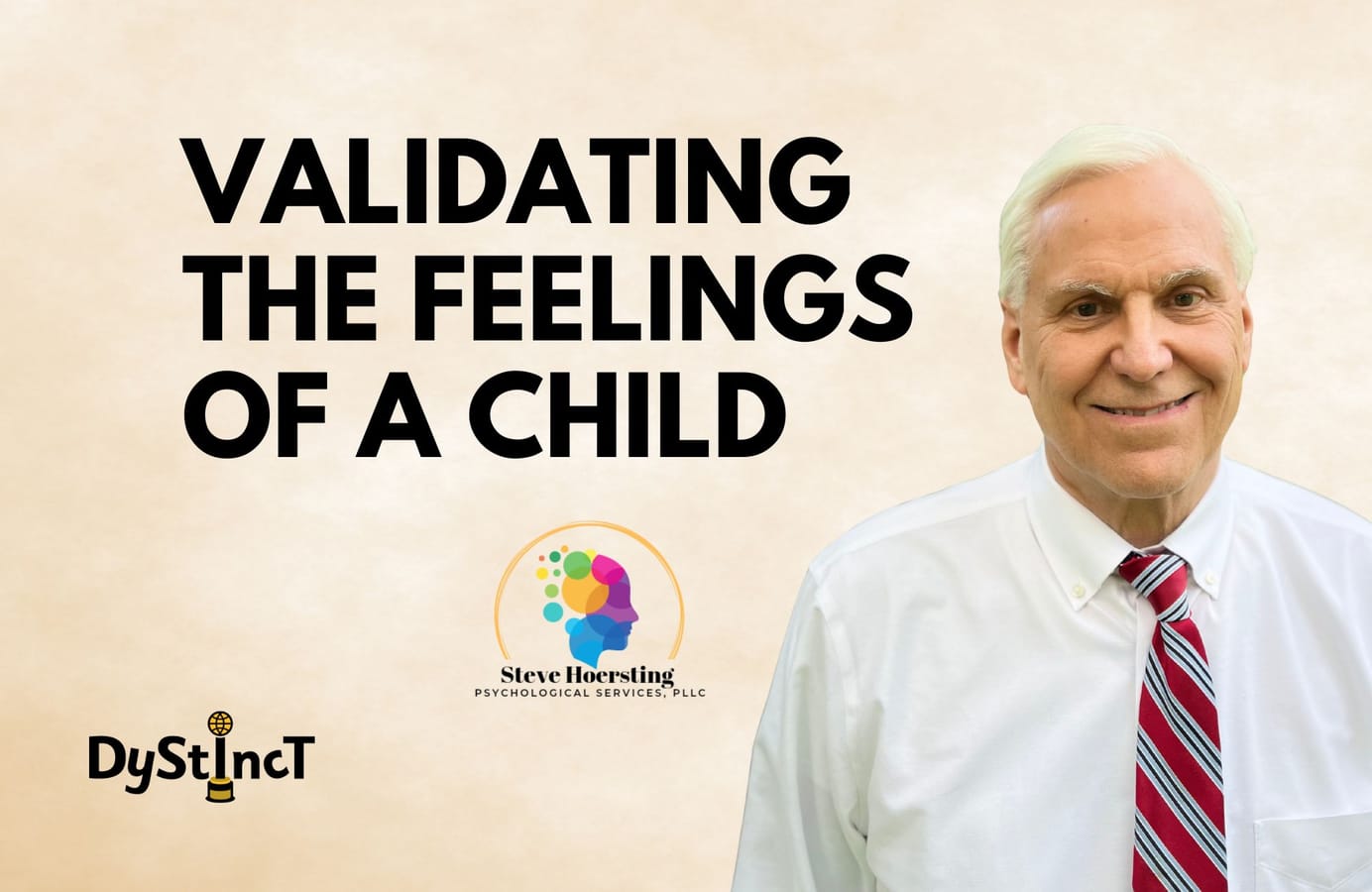
Issue 13: Then and Now: How Linguistic Phonics and EBLI have transformed my literacy instruction | Jennifer Newman
Jennifer Newman describes the various elements of EBLI instruction and how adopting a shift from Print to Speech to Speech to Print orientation has made a significant difference in her students' acquisition of foundational reading and spelling skills.
After thirty years of practicing as a Speech-Language Pathologist and the past fourteen working as a Reading Specialist, it felt like my proverbial "toolbox" was exploding. I had a Bachelor's Degree in Linguistics, a Master's Degree in Communication Disorders, and a Certificate of Advanced Study in Reading. I had worked with children and adults in clinics, schools, and private practice. I had collected what amounted to a veritable alphabet soup of trainings and approaches to teaching reading and writing: OG, RAVE-O, ECRI, PALS, SRSD, and LETRS, to name a few. I had kept up to date with the current reading and writing research, attending more conferences and webinars than I could keep track of. So why, with this deep knowledge base to draw upon, was I feeling exhausted and disillusioned when planning and implementing my instruction? Why wasn't my instruction closing the gap for all of the students on my caseload? Why was it so hard to improve their handwriting, spelling, and written expression? It wasn't until I had completed training in EBLI (Evidence-Based Literacy Instruction), a Speech to Print oriented linguistic phonics system for teaching reading, spelling, and writing–that I finally found answers to the questions that were keeping me up at night.
While intervention approaches like Orton-Gillingham have widespread name recognition, Linguistic Phonics approaches are less well-known, but they have been in use for over twenty years. I had stumbled upon Diane McGuiness's work and Phono-Graphix while doing some volunteer adult literacy tutoring but had forgotten about it when neither received any mention during my reading specialist training. After dabbling in what I thought were "Speech to Print" instructional approaches, in the summer of 2020, I set aside my doubts about adding more letters to my alphabet soup and immersed myself in 8 weeks of EBLI training. With my background in linguistics and speech-language therapy, I understood the many ways in which oral language lays the foundation for reading and writing, so the idea of teaching reading from Speech to Print made sense to me. What I didn't anticipate, however, was that making this shift would involve reevaluating and reframing much of what I had been trained to do as a reading specialist.
Linguistic Phonics approaches are less well-known, but they have been in use for over twenty years.
Although I had previously been adhering to all of the principles of what is now referred to as a Structured Linguistic Literacy approach, the overarching framework for my instruction had been oriented from Print to Speech. This meant that letters rather than phonemes were the starting point and system for organizing how I taught. My lessons had followed a carefully controlled sequence that moved from part to whole and typically incorporated quick drills for teaching and reviewing letter-sound correspondences, games for reading words or sentences in isolation, and finally, reading decodable texts that highlighted a target letter pattern. After completing this progression with reading, I repeated these steps to address spelling and writing. I taught my students keywords, such as "c - cat- /k/," to help them recall letter-sound correspondences. I encouraged them to apply linguistic labels as they "marked up" consonant blends, digraphs, and vowel teams in words. I taught them how to identify different syllable types and how to read and spell "trick" words – words that don't follow the expected patterns – using flashcards and repetition in hopes that they would stick with these multiple exposures. I was constantly in search of games, gadgets, and prizes to make the lessons more appealing and engaging. When I paused to think about all of this, it was clear that my students were learning more about the English language than I ever had as a student, yet the goal of proficient reading and spelling remained elusive for too many of them.
This post is for paying subscribers only
SubscribeAlready have an account? Log in


